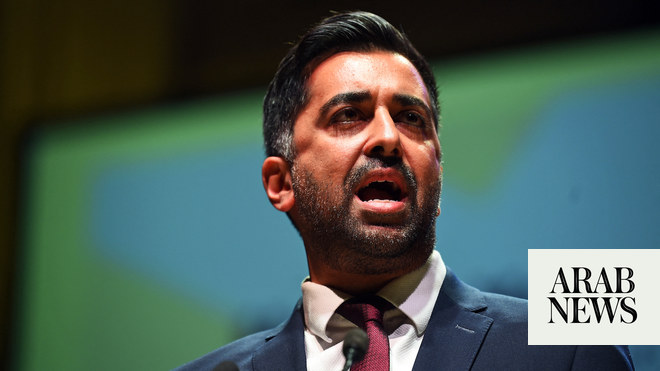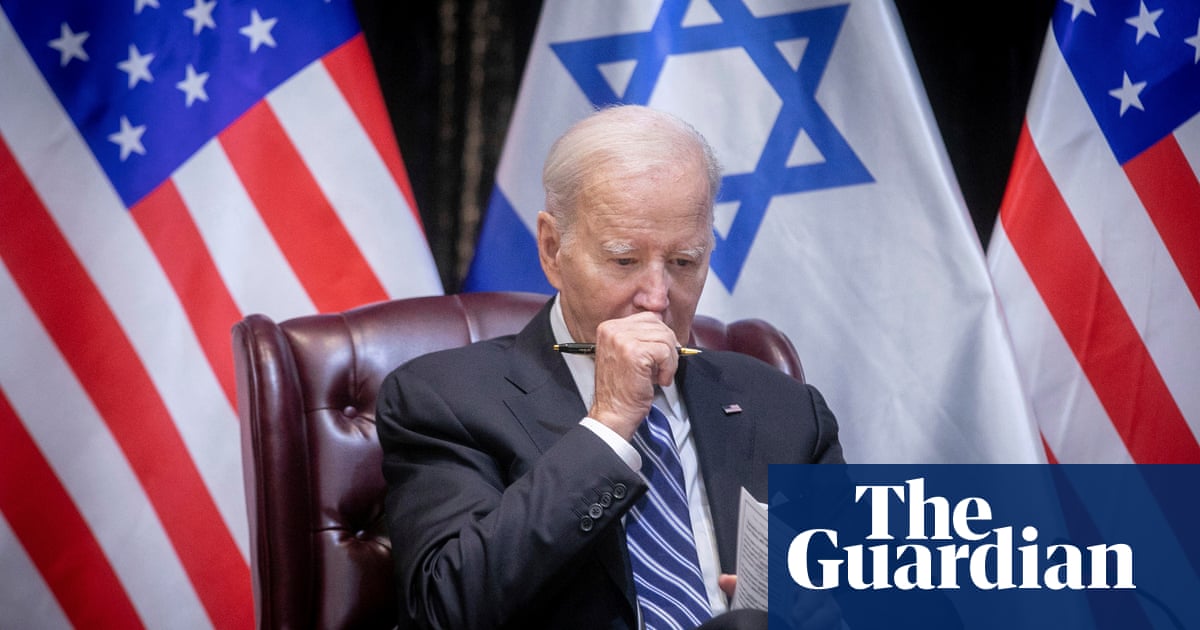
For the first time in years, the US appears to have adopted a coherent and balanced policy on Libya.
Last Friday’s announcement by Fayez Al-Sarraj, the head of the UN-recognized Government of National Accord (GNA), of an immediate ceasefire coincided with a similar declaration by Aguila Saleh, the speaker of the eastern Libya-based parliament. That was no coincidence.
The GNA statement also called for parliamentary and presidential elections to be held next March, and for demilitarizing the contested city of Sirte, considered the gateway to the oil-rich region.
It was important that the statement by Al-Sarraj also referred to extending “full sovereignty over the Libyan territory and the departure of foreign forces and mercenaries.” His political rival, Saleh, said the “ceasefire blocks the way for foreign military interventions and ends with the expulsion of mercenaries and dissolving the militias in order to achieve comprehensive national sovereignty.” Both sides stressed the need to restart oil exports, an issue that the US has underlined.
The UN, Egypt, the UAE and Russia welcomed the development. The UAE, a key backer of the Benghazi-based Libyan National Army (LNA) led by Gen. Khalifa Haftar, also referred to the outcomes of the Berlin Summit, Cairo Declaration and the Skhirat Agreement, the last of which was the bedrock of previous reconciliation attempts, during which a number of key principles on ways to end the nine-year conflict were adopted.
The recent US re-engagement with the Libyan issue marks a qualitative change in policy and strategy. It comes after years of failed UN and European attempts to mediate a truce between Al-Sarraj and Haftar. Since the beginning of the year a number of major developments forced Washington to shift gears: direct Turkish intervention on behalf of the GNA, the Russian deployment of fighter jets at Jafra airbase and the repulsion of a major military operation by Haftar to take over the capital, Tripoli. His troops were forced to retreat by GNA forces and allied militias backed by Turkish advisers and Syrian mercenaries were flown in by Ankara.
As GNA forces prepared to march into Sirte, Egypt’s President Abdel Fattah Al-Sisi stepped in. He issued a warning that any attempt to attack the city represented a “red line” to Cairo and that if it was crossed, the Egyptian military was ready to deploy in eastern Libya to intervene in the conflict.
Since then a stalemate had set in, with both sides on edge. Observers believe the US State Department and the US military’s Africa Command played a crucial role in securing the latest ceasefire agreement.
For Washington, there were a number of incentives to take the lead on Libya: Russia’s expansion into eastern Libya, the Turkish intervention on behalf of the GNA, the deep divisions within NATO allies over the Libyan question, and the preservation of naval security in the eastern Mediterranean. The US also realized that the de facto partition of Libya had become a realistic possibility, a scenario that would create an ideal incubator for Islamist terrorist groups.
But the ceasefire, which appears to be holding for now, is shaky. Haftar is yet to commit to the US-brokered truce, which is supported by his allies in Cairo. His ambition to emerge as the ultimate ruler of a united Libya has been buried in the desert sands.
A spokesman for the LNA described the GNA’s announcement as a distraction aimed at deluding local, regional and international public opinion. But with Egypt and the UAE backing a political settlement, and with Al-Sarraj sending conciliatory signals to Cairo, Haftar’s room for maneuvering might be limited.
On the other hand, Al-Sarraj has too much of his political stake invested in Ankara. Over the past few months he has given Turkey access to strategic oil interests, both inland and in Libya’s territorial waters. The removal of foreign fighters in Libya will be the toughest task for the interlocutors. Neither Turkey, working with Qatar, nor Russia want to see their influence diminished in a key North African country.
The main objective for the US now is to create a common ground for both Libyan sides, one paving the way for elections that would provide for a new mandate and repatriate Libya’s oil wealth so it can fuel major reconstruction programs.
The main objective for the US now is to create a common ground for both Libyan sides, one paving the way for elections that would provide for a new mandate and repatriate Libya’s oil wealth so it can fuel major reconstruction programs.
Osama Al-Sharif
The US has the tools to put pressure on Ankara, whose agenda in Libya remains suspicious, as well as Cairo and Abu Dhabi, but Russia’s position and reaction to the emerging US role will pose a challenge.
However, any future negotiations will have to bypass Haftar, who has been accused by the GNA of war crimes in western Libya. At some stage Egypt and the UAE might opt to sideline him if he is seen as a major obstacle to a political settlement.
Of course the road toward a political settlement is not easy, and with so many divisions among Libyans themselves the task of sustaining an agreement poses a constant challenge. But what is a hopeful sign is that the US has chosen to open communication channels with all sides in the conflict, in recognition of the fact that a military solution is impossible, thus providing some credibility that is sorely needed before a genuine political process is launched.
Osama Al-Sharif is a journalist and political commentator based in Amman. Twitter: @plato010
Disclaimer: Views expressed by writers in this section are their own and do not necessarily reflect Arab News" point-of-view











